A Quiet Fight: Belgium’s Oscar Entry ‘Julie Keeps Quiet’ Explores the Inner Battle of a Tennis Prodigy
Julie Keeps Quiet is a powerful character study about a young tennis player navigating the fallout from a coach’s scandal. Leonardo Van Dijl’s debut feature film uses minimal dialogue to explore themes of loyalty, power, and inner conflict. Instead of drama, Van Dijl chooses to focus on the apparent emptiness. The film, which won awards at Cannes, is Belgium’s official entry for the Oscars in the Best International Feature Film category.
In the opening shot of Julie Keeps Quiet, Julie (played by newcomer Tessa Van den Broeck) plays with an invisible ball against an imaginary opponent. This is the feature debut of filmmaker Leonardo Van Dijl, who grew up in Kortrijk and trained at the Brussels Sint-Lukas Academy. The film was selected for the Cannes Directors’ Fortnight, where it won two awards – the SACD Award for best screenplay and the Gan Foundation Award, which helped the film gain wider distribution in France.
With its dynamic movement and static frame, that first shot is practically abstract, half of the frame filled with a few lines of a tennis court, the other half with the darkness of the otherwise empty tennis hall that encloses that court. Julie serves in a vacuum, defends from far behind the baseline, and moves forward with her racket offensively towards the net that sits outside the frame. Off-screen she has apparently scored, as we hear her exhale forcefully before she walks confidently back into the frame. She takes her starting position again and concentrates on the next point. When the screen goes black for the title, we hear her hitting the imaginary ball with a hard, double-handed backhand: “bang!”
Inner struggle
This short opening scene summarises much of what the rest of the film will be about. Julie Keeps Quiet is a character study about a silent fighter fighting an inner battle. Initially, Julie – just like the viewer – doesn’t know exactly what she is up against and the contours of the issue slowly emerge from the darkness. Just like the intense rallies of a tennis match, director/screenwriter Van Dijl, together with his co-writer, actress Ruth Becquart (who also plays Julie’s mother), fires information at the viewer about Julie’s world in relatively short scenes.
'Julie Keeps Quiet' is a character study about a silent fighter fighting an inner battle
This is how we learn that Julie is standing alone in the hall in the opening shot, because her coach Jeremy has been suspended. A previous, promising pupil of his has committed suicide. The tennis academy has launched an independent investigation because of a suspected link between her suicide and the relationship she had with her coach. As part of this, students are asked to testify about their trainer. Then all eyes turn to Julie – how does she compare as the current favourite of the accused coach?
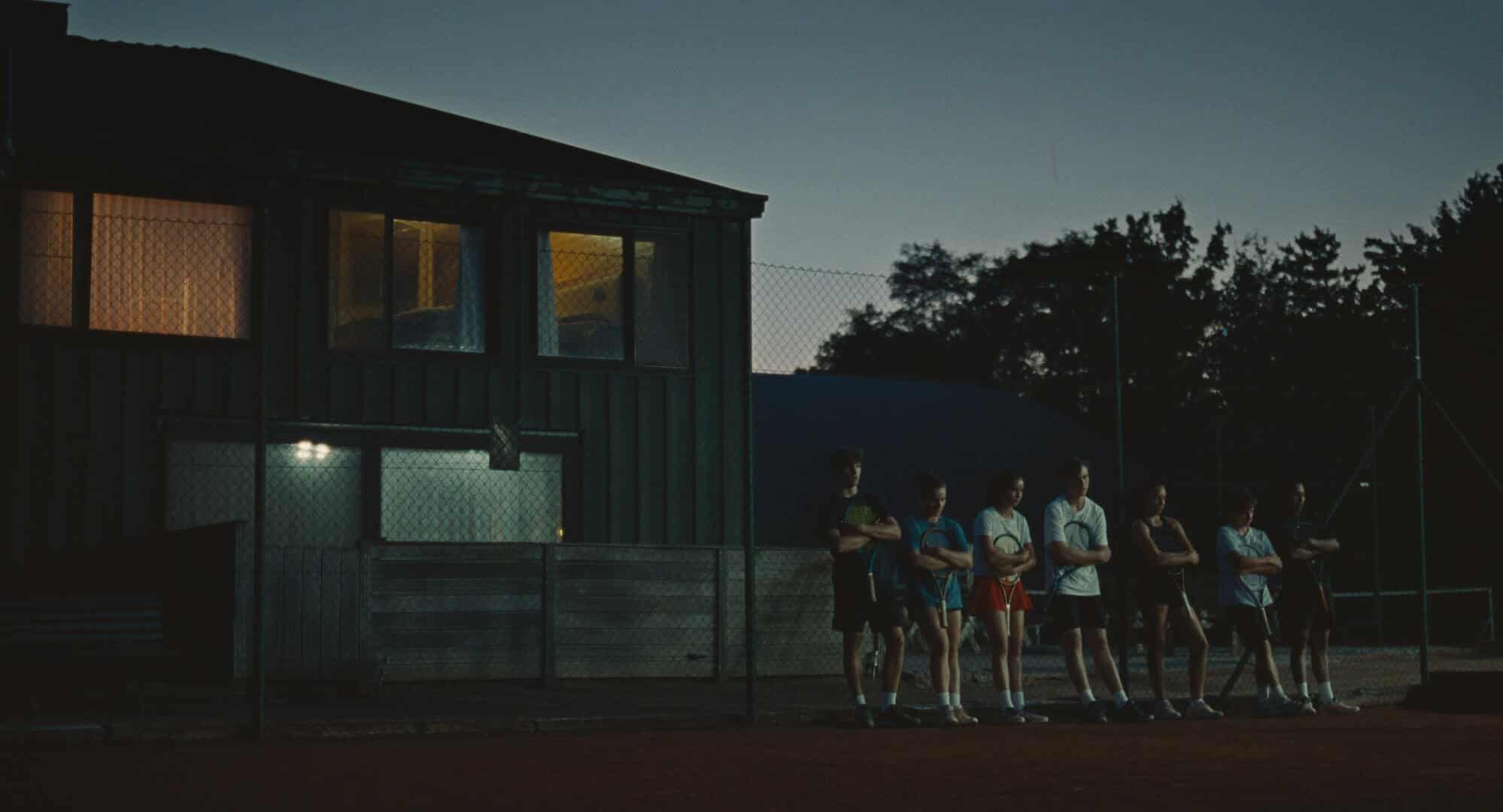
© Flanders Image
What makes the storytelling so special, is that it eschews drama. Van Dijl gives preferential treatment to a seemingly empty space, rather than to plot and dialogue – just like in Bas Devos’ recent film Here, in which he seeks out the moss between the cobbles of Brussels, and chooses silence instead of action.
Both of these films are part of a reflexive current within internationally renowned Flemish cinema. The signature style is in large part down to cameraman Nicolas Karakatsanis (Rundskop, Skunk), who in addition to shooting this Van Dijl film, shot some of Devos’ previous films (Violet, Hellhole). These are modest, observational films that try to capture the inexpressible in images with a naked realism – a tradition in the spirit of the committed work of the acclaimed Dardennes brothers, who were co-producers on Julie Keeps Quiet. A film that offers an oasis of calm in times of overcommunication. And space for a nuanced counterbalance to the platitudes that often surround #MeToo.
Julie doesn’t dance to anyone’s tune. She takes her time. She is silent.
But that doesn’t mean that nothing happens. In a paired back colour palette with earthy tones, Van Dijl allows the silence to speak for itself. This is how the viewer is also invited to imagine themselves in Julie’s world, reading her body language. What do we see then?
The viewers prove as decisive as the actor
The camera constantly remains with Julie – during the briefing from the leaders, during tennis lessons and other teaching, when she’s hanging out with and chatting with school peers, in her bedroom where she holds her phone to her chest and secretly keeps in touch with her coach, and in the car with her dad on the way to a match. The camera retains a respectful distance and depicts Julie with a certain space around her – giving a sense of the vacuum in which Julie finds herself, even when she is with other people.
The viewers prove as decisive as the actor, Van Dijl wants to say. Because the tennis training world avoids its responsibility, all the pressure falls on the shoulders of teenagers: what does that say about the society in which young women like Julie grow up?
Breaking point
Julie’s invisible opponent turns out to be much greater than the role of her coach, and is determined by the nature of that environment: the mutual power relations, the shame, the damage to the image of all parties involved, and Julie’s promising sports career that becomes contaminated by it. Van Dijl focuses less on the stone that has been thrown into the water, and more on the ripples it creates. As well as the dividing line between public and private, and the relationship between coach and pupils, Julie Keeps Quiet is about controlling emotions, quashing frustration, discipline, routine and carrying on until the breaking point.
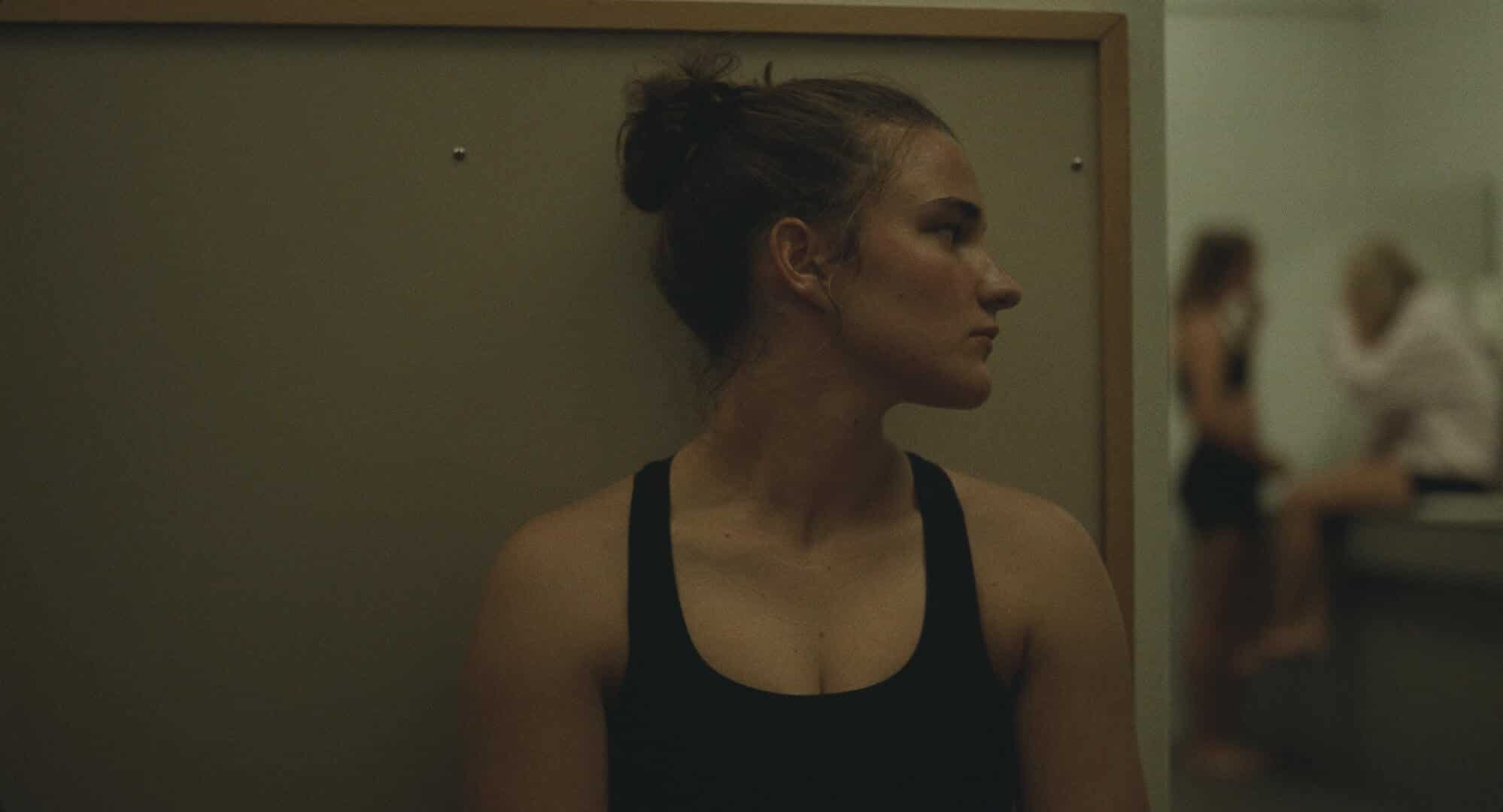
© Flanders Image
Julie Keeps Quiet doesn’t go for the one-sided judgment or the easy explanation, but instead, it lets time do its thing. As well as loyalty, the moving and guarding of boundaries within sport, and morally judging Julie’s coach, the film also says something about Julie’s own position in this situation, on which her future hangs in the balance. This disciplined go-getter seems dead set on nothing taking that future away.
And yet there comes a point where this laden silence can’t be maintained any longer. In the run-up to the unravelling, Van Dijl brings in a sacred-sounding soprano voice (of the American Pulitzer Prize-winning composer and vocalist Caroline Shaw). This voice functions like a siren, half bird, half woman, an inner voice welling up in Julie. But rather than leading her into trouble, it wants to lead her to a safe haven.
Most beautiful perhaps is what her new coach does, following the example of her parents – occasionally sitting beside her, respecting the silence, at an appropriate distance. Not too close, not too far. Tuning to the same frequency and then waiting. Ready to receive.


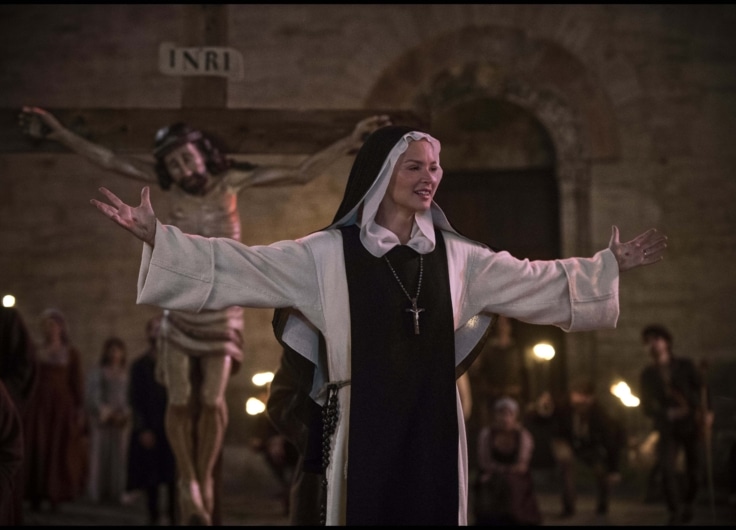

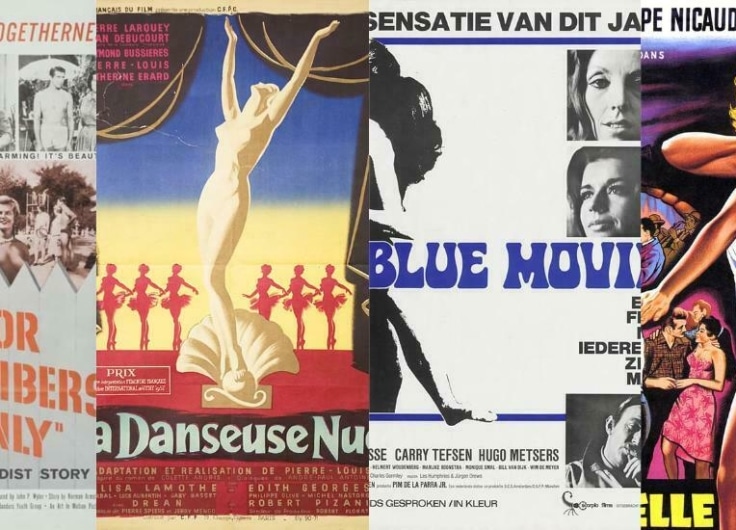
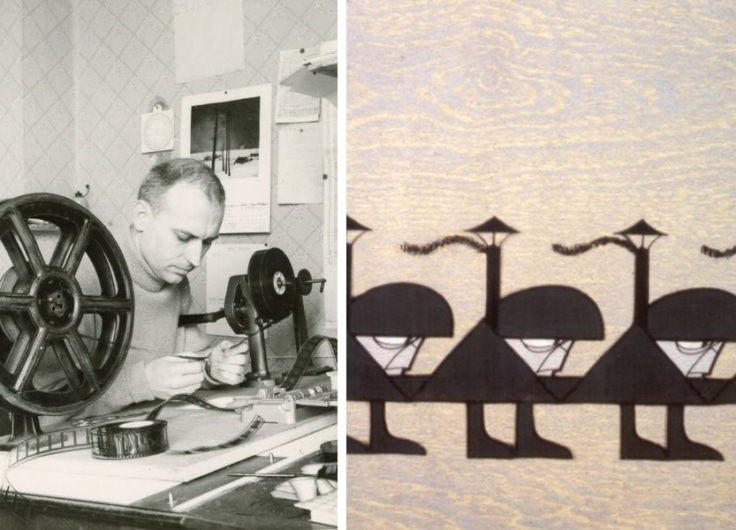



Leave a Reply
You must be logged in to post a comment.